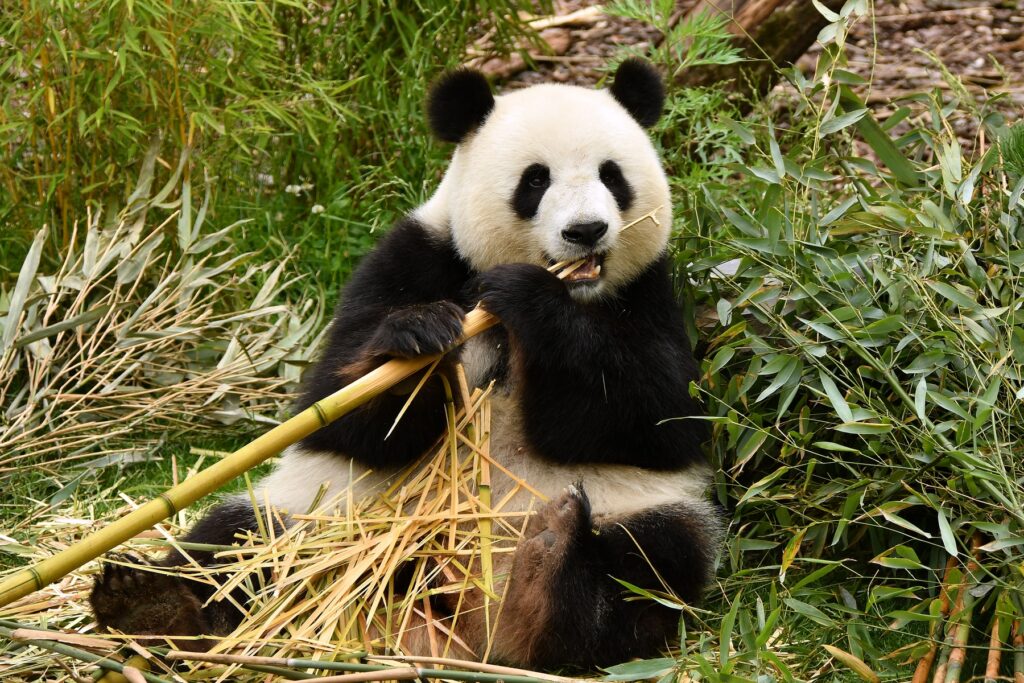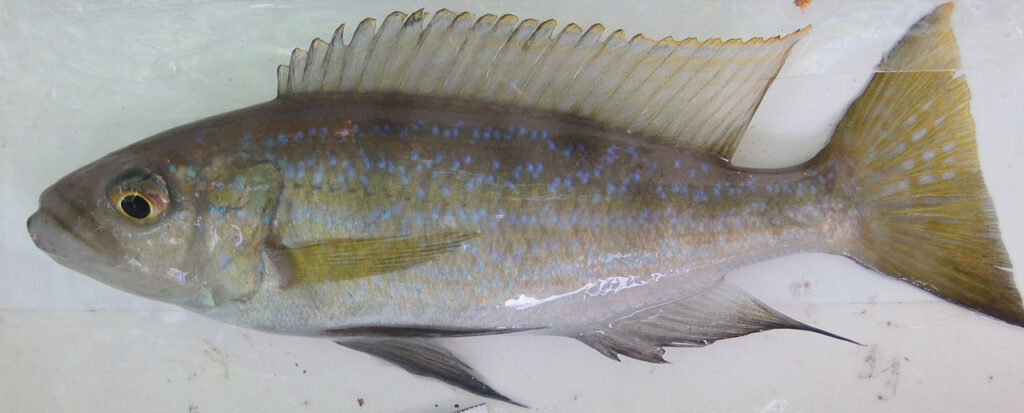Specialist or generalist in terms of food
There are very few areas on Earth where there is no life. Everywhere, animals and plants have adapted to their environment. The area where a species lives is called a habitat. There are usually many different species in the same habitat. Species compete with each other for food, shelter and reproduction. In some cases, being an omnivore, like humans, can be an advantage.
As humans, we are generalists. We adapt well to different environments and can eat many different plants and animals found in our surroundings. But in many cases, it can be beneficial to specialise in a particular place, a small niche within a larger area. It can also be good to specialise in a particular food that other animals might not eat – that way there’s more food left over for you!
Koalas are specialised in eating toxic eucalyptus leaves. When koala babies are young - they are not able to digest the leaves by themselves. Instead they eat their mother's faeces.
Digesting the toxic eucalyptus leaves takes a lot of energy, that's why koalas sleep a lot.
Photo: Treasured-Distractions-CC-BY-NC-ND
Ridley's beauty rat snake is also a specialist. It eats bats, and birdnests.
Photo: Johanna-Rylander-Malmö-Museer
The cabbage butterfly caterpillar is specialised in eating leaves from cabbage.
Photo: S.-Rae-CC-BY
Koalas and toxic eucalyptus
The koala, Phascolarctos cinereus, is a marsupial that lives in Australia. The koala has adapted to a life in the trees and is rarely on the ground. The koala is a food specialist and eats mainly leaves from eucalyptus trees. These are low-nutrient leaves, which are toxic to many other animals. The koala’s specialisation in eucalyptus leaves means that it can keep all its food for itself.

Photo: Sherman-Burbano-Moreno-CC-BY-NC-SA
The giant panda who went vegan
Another food specialist is the giant panda, Ailuropoda melanolueca. The giant panda lives in Southeast Asia and belongs to the bear family. It was originally a carnivore, but through evolution it has changed to eat almost exclusively bamboo shoots. The panda’s teeth are adapted to chew hard, sharp bamboo shoots, and its stomach and oesophagus have thickened to cope with the bamboo.

Photo: Henrik-Kusche-Axel-Meyer-Collection-Konstanz-CC-BY
Scale-eating fish
There is fierce competition between fish living in the African lakes of Lakes Tanganyika and Malawi. To survive, they have found their own niches and some of the cichlids have become specialists in terms of what they eat. Some are predators, others are herbivores or plankton-eaters.
One cichlid has specialised a little extra. The scale-eating Perissodus microlepis feeds on the scales of other fish. It mimics the appearance of another cichlid species, and can get close enough to other fish that it can bite off some of their scales. At times, when food is scarce, this is an advantage. It is easier to eat a few scales than to devour a whole fish. There are about ten species of scale-eating cichlids in Lakes Tanganyika and Malawi.